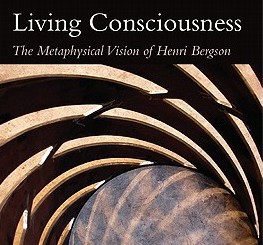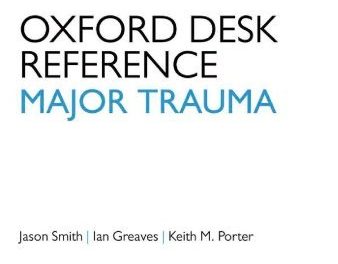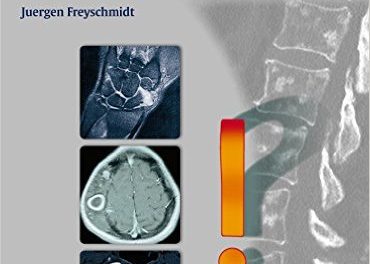Senior Editors: Tao Le and Kendal Krause; Junior Editor: Vinita Takiar
Publisher: McGraw-Hill – 561 pages
Book Review by: Nano Khilnani
This review guide for the United States medical licensing exam (USMLE) should be used in conjunction with its counterpart on organs, which is entitled First Aid for the Basic Sciences: Organ Systems.
The two guides are supplementary aids to the “First Aid for the USMLE Step 1,” the review book that helps you prepare to take and do well on the medical board exams to become a licensed physician. It is suggested that you also acquire the two allied books entitled “First Aid Cases for the USMLE Step1” and “First Aid Q&A for the USMLE Step1”
The acquisition of the complete study package of the five books mentioned above – the two on the basic medical sciences plus the three review and test-preparation books on the USMLE Step 1 – are your best first step forward to performing at your top level in the board exams. After acquiring the total package, diligent review of the material in the first two basic sciences books and practice test-taking in the three USMLE books can help you do well on the exams.
In this book review of the above title, we will give you an overview of the material contained in it and how to use it to get the most from it, as suggested by the three editors of this guide.
The three editors – Drs. Tao Le, Kendall Krause and Vinita Takiar – have all had experience in writing for and editing publications.
Dr. Tao Le is section chief of adult allergy and immunology at the University of Louisville. He obtained his medical degree from the University of California in San Francisco and completed his residency in internal medicine at Yale University School of Medicine. He has been in medical education for about two decades. He was editor-in-chief of the UC San Francisco newspaper Synapse and he has led in the expansion of the First Aid series of books on a global scale.
Dr. Kendall Krause is a resident in preventive medicine and public health at the University of Colorado. She obtained her doctor of medicine degree from Yale and completed her internship in emergency medicine at the Massachusetts General and Brigham Women’s hospitals. She has been a junior editor for the First Aid Cases for the US MLE Step1, and articles editor for the Yale Journal of Health Policy, Law and Ethics.
Dr. Vinita Takiar is a resident in radiation oncology at the University of Texas, MD Anderson Cancer Center. She received her MD and PhD from Yale University, where she also completed her internship in primary care medicine. She has worked on three editions of First Aid for the USMLE Step1 and served as senior editor for the second edition of the First Aid Cases for the USMLE Step 1.
This book has eight chapters, with broad headings on eight areas of medicine, along with coverage of certain specialized topics within those areas.
Anatomy and histology are the subjects covered in chapter 1, along with discussions on cell structure as well as larger select anatomical features (e.g. abdominal wall, the inguinal canal, layers of the skin, some nerves) and organs and parts thereof, such as the spleen, lymph node, lungs, and adrenal gland, o name a few.
Behavior science is covered in chapter 2. Topics discussed in this chapter relate to epidemiology (incidence, control and distribution of disease) and statistics, disease prevention, ethic, life cycle and psychology.
Biochemistry is the scope of chapter 3 and it contains discussions pertaining to molecular biology, nucleotide synthesis, mutations and DNA repair, enzymes, the cell, connective tissue, homeostasis and metabolism, amino acids, nutrition, fed versus unfed state, laboratory tests and techniques, and genetics.
Embryology is the heading of chapter 4 and it discusses these topics: the stages of prenatal development; a decoding of embryology terms; gametogenesis or the production of germ cells; early landmarks such as fertilization, cleavage, implantation; fetal membranes and placenta (the organ where the fetus grows into a baby); embryologic derivatives; teratogens which are agents that cause birth defects, such as chemicals, drugs, infections, ionizing radiation, and nutritional factors; twinning or the bearing of twins; and fetal erythropoiesis, or the production of red blood cells.
Microbiology is the focus of chapter 5 which is the largest comprising of more than 160 pages. The chapter encompasses topics on bacteriology, spirochetes (an organism related to syphilis and relapsing fever), mycology (the study of fungi), parasitology, virology, microbiology systems, and antimicrobials or drugs that destroy or inhibit the growth of microorganisms, especially harmful ones.
Immunology is the subject of chapter 6 and in it are explained its principles. Topics such as what constitutes immunity and the anatomy of the immune system are detailed here. It looks at cells and molecules of the immune system; tolerance and anergy or failure to respond to an allergen or antigen; hypersensitivity; immunodeficiency; auto-antibodies and other related conditions.
Pathology or the study of disease is discussed in chapter 7. Among the topics are neoplasia or the formation of tumors that harm the body or can be fatal; how and why cells die, cell adhesion, or a process binding cells to a surface to fight certain diseases; human leukocyte antigen or HLA associations; and auto-antibodies or antibodies produced by the immune system in the body that act against the body and are harmful.
General pharmocology is the title of chapter 8, the last chapter in this book. The topics in this chapter are basically the following three: pharmacodynamics, pharmacokinetics and toxicology. Pharmacodynamics is the study of a drug’s actions, including the how and the why of those actions and the body’s reactions to them. Pramacokinetics relates to the interactions of a drug and the body in terms of its absorption, distribution, metabolism and excretion. Toxicology is the science that deals with poisonous substances.
This book contains a large amount of information, but it is essentially summary of subjects in certain sciences relevant and useful to the study of medicine. It is a guide to review the knowledge acquired in medical school and to help the student prepare to take the board examination for obtaining a medical license.
The material in the book is well organized and presented. The topics, subtopics, charts, tables, x-rays and full-color photographs are spread generously throughout the book and make for easier absorption of the material. The book’s editors and the writers of the various articles have done a great job.






